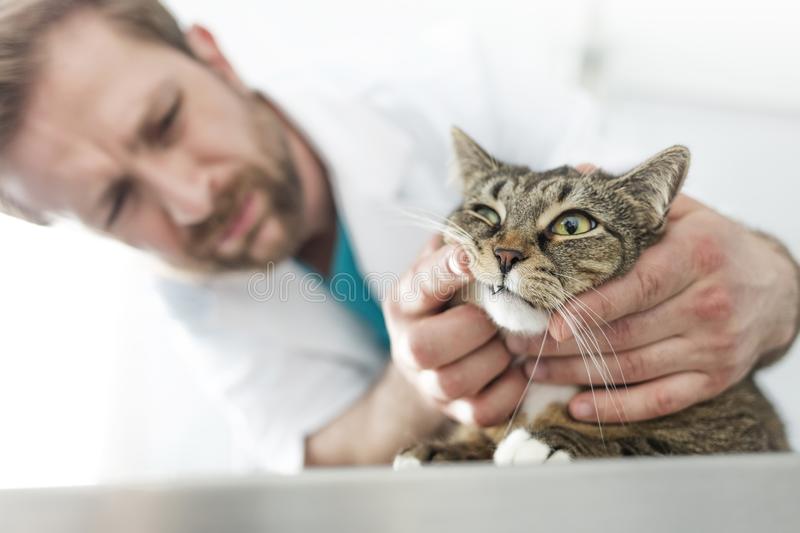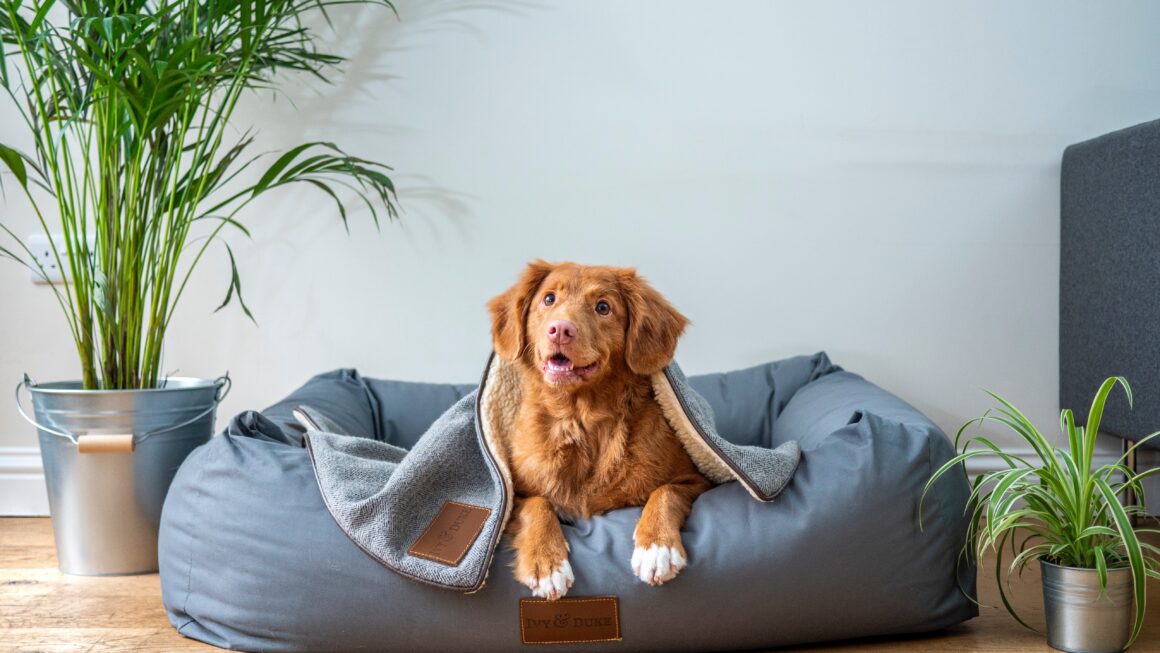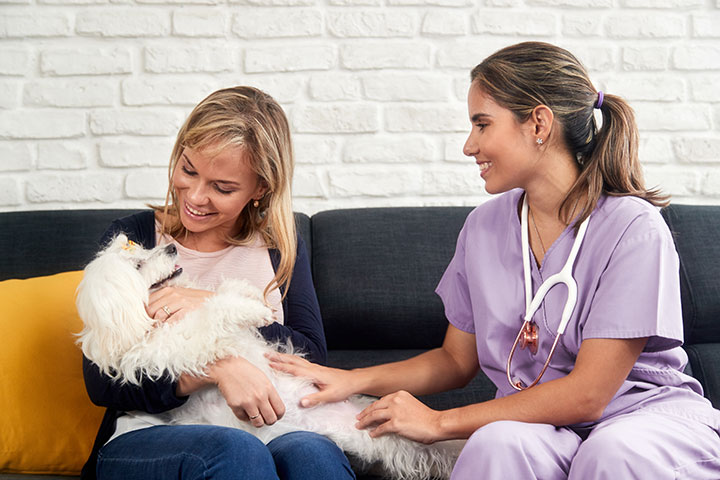Pets can rightfully be called family members, because we care about their health no less than about our own. Dental problems are not uncommon among four-legged pets, and one of the most common is tooth loss. If this phenomenon is physiological in nature and is associated with the change of milk teeth, then there is nothing to worry about, but what if the teeth fall out in an adult cat? Do cats lose baby teeth?
In kittens, baby teeth appear in the 2-3 weeks of their birth. These baby teeth are lost after 3.5 to 4 months of age. After they grow to a permanent adult cat.
Physiological change of baby teeth
Kittens when born are toothless. Their milk incisors erupt at the age of 1-2 weeks. A two-month-old baby should already have at least 26 teeth. But they begin to fall out at 3-4 months. The change process also lasts 3-4 months, ending by 7 months.
Monitor the health of the baby, count how many and which teeth fell out. An adult cat should have 30 of them: 6 incisors, 2 canines, 2 molars on the lower and upper jaws. Premolars 10: 6 on the lower and 4 on the upper jaws.
When changing milk teeth in a cat, you can observe such symptoms as:
- hypersalivation;
- chewing inedible objects;
- decreased activity;
- irritability, excitability.
Often, the process of changing teeth takes place with complications – instead of 4 canines, 8 grow. This is due to the fact that the formation of root canines occurs in separate follicles: the milk ones have not yet fallen out, but new ones are already actively growing. The kitten experiences discomfort, cannot chew and therefore loses weight.
Change of teeth, passing without complications, does not require medical intervention. The main thing is that the dishes in the baby’s diet contain the required amount of mineral salts, calcium and phosphorus.
Causes of baby teeth loss in adult cats
It is easy to distinguish milk teeth from permanent ones: the first ones are white, sharp, like needles. They are slightly flat, there is a slight thinning at the point where the tooth passes into the gum. Fangs are bent back. Indigenous (permanent) have a yellowish tint, with a more rounded section. The fangs are straight, there is no thinning in the gum area.
If the cat is kept in good conditions, receives a balanced diet enriched with nutrients, vitamins and microelements, is not exposed to external traumatic factors, it may well keep its teeth until old age.
However, if they fall out in a pet after he is 1 year old, that is, we are talking about the loss of permanent teeth, this is an alarm signal, which means the presence of serious pathologies occurring in the body.
It is important to understand that teeth in adult cats do not fall out just like that. This is a problem not only of the oral cavity, but of the whole organism, since the mucous membrane of the mouth and gums have many blood vessels through which the infection spreads throughout the body.
By the age of three, a cat’s plaque turns into stone, so the oral cavity needs careful care – cleansing with special pastes. If hygiene procedures are neglected, tooth loss cannot be avoided in the future.
Tooth loss in an adult animal can indicate the following problems in the body:
- injuries in the mouth;
- weakening of the immune system;
- violation of the natural microflora in the oral cavity, colonization of its pathogenic bacteria;
- vitamin deficiency;
- diabetes mellitus;
- tartar;
- metabolic disorders;
- changes in the hormonal background (pregnancy, taking hormonal drugs, including contraceptives, antibiotic therapy, etc.);
- dental diseases (gingivitis, periodontal disease, caries, etc.);
- wrong bite;
- pathologies of the gastrointestinal tract;
- oncology.
The belief that all cats lose their incisors in old age is wrong. If the animal is healthy, the onset of old age is not an argument for a violation of dental health. The exception is the age of 20 years and older, but a rare cat lives up to it.
Over the years, various changes in the condition and shape of the teeth still occur. It has been proven that the approximate age of a cat can be determined by the number of worn teeth – the more teeth, the older the animal.
The incisors on the lower jaw (toward the edges from the center) begin to wear out first, their shape becomes transversely oval. Then comes the turn of the molars and premolars. The fangs are the last to lose enamel.
Which breeds are susceptible
Not a single animal is insured against tooth loss, at risk are representatives of short-faced breeds (British, Scots, Persians). This is due to the anatomical features of the structure of the jaws.
Main symptoms
The clinical picture of baby teeth loss varies depending on the cause that caused this phenomenon. If the structural unit of the chewing apparatus fell out due to an injury, it is enough to treat the wound with a disinfectant solution, and if the infection does not get into it, the damaged area heals safely.
The following symptoms serve as the reason for contacting a veterinary clinic:
- gums swell, redden, bleed;
- saliva is abundantly secreted, which is why the cat’s muzzle and neck are constantly wet;
- ulcers form in the oral cavity;
- pus in saliva;
- from the mouth comes the bad smell of decay;
- the presence of difficulties with chewing;
- lack of appetite.
As a rule, the behavior of the cat changes, he becomes restless, apathetic, and loses weight. The animal refuses food, even if it is very hungry. If the cat tries to eat, he does it very carefully and slowly, as chewing makes him uncomfortable. As a rule, he also refuses water.
The owner should observe the condition of the animal, it is advisable to write down the changes in order to tell the veterinarian about them. This will greatly facilitate the diagnosis and determine the treatment.
Read Also: TOP 5 CBD PRODUCTS FOR PETS IN 2022
Diagnostics in the veterinary clinic
Loss of teeth in adulthood is not an independent disease, but a sign of a serious pathology that develops in the body (with the exception of an injury).
Diagnosis is aimed at identifying the provoking factor and includes anamnesis (collection of information about the maintenance, nutrition of the animal, general condition), visual examination in general and the oral cavity in particular, and diagnostic studies.
Method of treatment and prognosis
There is no single treatment regimen. Therapy is made individually in each case and depends on the age of the cat, its state of health and the cause that caused the loss of teeth. A lost tooth cannot be restored, the task of the veterinarian is to prevent subsequent losses.
To solve the problem, the specialist makes adjustments to the cat’s diet, prescribes drugs to strengthen the teeth and the immune system.
Regarding vitamin therapy, it can be said that there is no need to give vitamin C in shock doses. In cats, ascorbic acid is synthesized in sufficient quantities, so they do not have scurvy.
If the animal has tartar, it is removed at the clinic. The procedure is performed under anesthesia, for which premedication is used – the introduction of anticholinergic drugs to block vagal reflexes. These drugs cause the least harm to the body of the animal. During the operation, the cat will be conscious, but will not be able to resist.
In parallel with this, treatment is carried out aimed at strengthening the gums, reducing their bleeding. But the main emphasis is on the elimination of the underlying disease, which caused tooth loss.
Possible Complications
Losing a cat’s baby teeth is a serious process, so it should not be ignored. If you do not attach importance to this and do not treat this condition, dangerous pathologies will develop in the pet’s body. So, if tooth loss is associated with oral infections, pathogenic organisms enter the internal organs through the blood, which is fraught with the development of dangerous diseases.
Read More About: Pets Accessories On Sale: How To Find The Best Deals
What to do at home
The owner is required to strictly follow the instructions of the veterinarian. Self-medication is dangerous for the cat’s health and can cause irreparable harm. Medications, their dosage is determined by a specialist.
In order for the animal to lead a normal life, it is necessary to change the consistency of the feed, since dry, hard granules can further injure the oral cavity.
The oral cavity is regularly examined and treated with a disinfectant solution of Chlorhexidine. These procedures prevent infection of the enamel and damage to other teeth.
Prevention measures
If you pay attention to the health of the cat, take good care of it, then such a problem as tooth loss can be avoided. Regular brushing of teeth is the prevention of tartar, which is most often a provoking factor. Cats living on the street clean their mouths on their own, chewing twigs, grass.
Pets are deprived of such an opportunity, so the owner must regularly carry out hygiene procedures – brushing his baby teeth. If you teach a cat to them from an early age, he will not resist, perceiving manipulation as a natural process.
Human pastes cannot be used, since a high concentration of some components in the composition can adversely affect the pet’s health. In addition, the smell of menthol contained in most pastes irritates animals.
Baby Teeth can be brushed with a special toothbrush, but a regular toothbrush for small children with soft bristles will also work. The prevention of tartar is the use of toys, therapeutic dry food, which must be given from time to time.
Particular attention should be paid to feeding the pet:
- If preference is given to natural food, the diet includes meat, fish, vegetables, dairy products, then food “from your table” is prohibited.
- If dry food is used, then it is advisable to choose products of premium and super premium classes, which contain vitamins and minerals in sufficient quantities.
It is imperative that you regularly take your pet to the veterinary clinic for preventive examinations so that diseases can be detected at the initial stage, it is also necessary to vaccinate the animal in a timely manner and carry out treatment against parasites. To avoid injury to the jaws and head area, you should not leave your four-legged pet alone. Windows and vents in your absence must be closed!
See Also: Fledgling’s Guide To Reptiles As Pets



